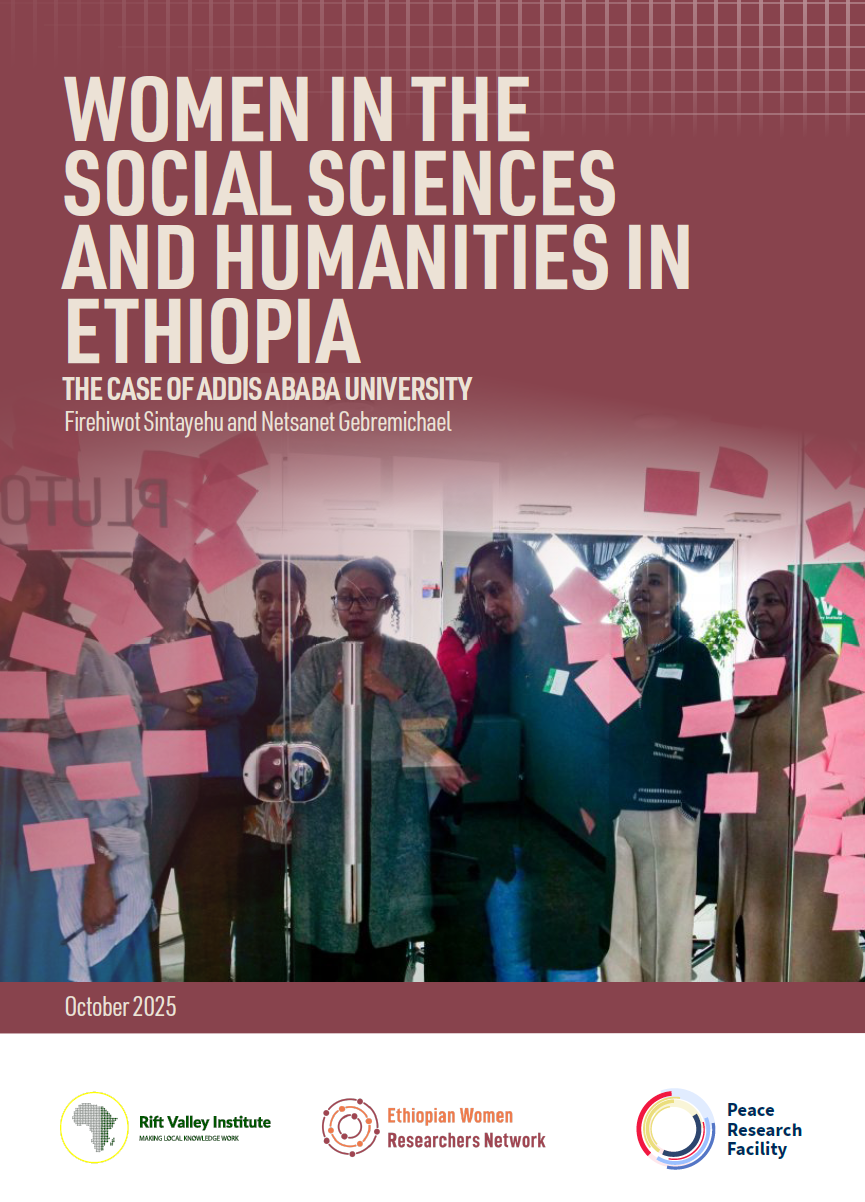This show is brought to you under the South Sudan National Archives Project, supported by Norway and implemented by UNESCO in partnership with RVI, and in collaboration with the Ministry of Culture, Youth and Sports.
The first Tarikh Tana (Our History) radio show in this second series will focus on What makes a chief? The changing role of customary authorities. We will take two personality sheets written about chiefs under the British Colonial period, found in the South Sudan National Archives, as the starting point for our discussion.
Chiefs personality sheets
Beginning in the 1920s Native Administration (idara ahliya in Arabic) became the system of local government in the rural areas throughout Sudan. Native administration increased the power of local leaders who gained influence in dispute resolution, taxation and judicial functions. It was abolished in the northern provinces by Jaafar Nimeiri in 1971, but retained in the Southern Region after the Addis Ababa Agreement of 1972. The system required province administrators to identify local leaders, arrange them in hierarchies of chiefs and sub-chiefs, and organize chiefs courts. Personality reports were kept on each local leader identifying the territory they represented, their place in the hierarchy of Native Administration, and an outline of their duties. These reports were updated by each succeeding district commissioner, who added his own personal assessment of the chief. Often their comments say more about the district commissioner than about the chief.
The two guests were:
Yosa Wawa
Professor of History at University of Juba
Chief Kon Mayar Machar
Paramount Chief of Aluak Luak in Eastern Lakes States



